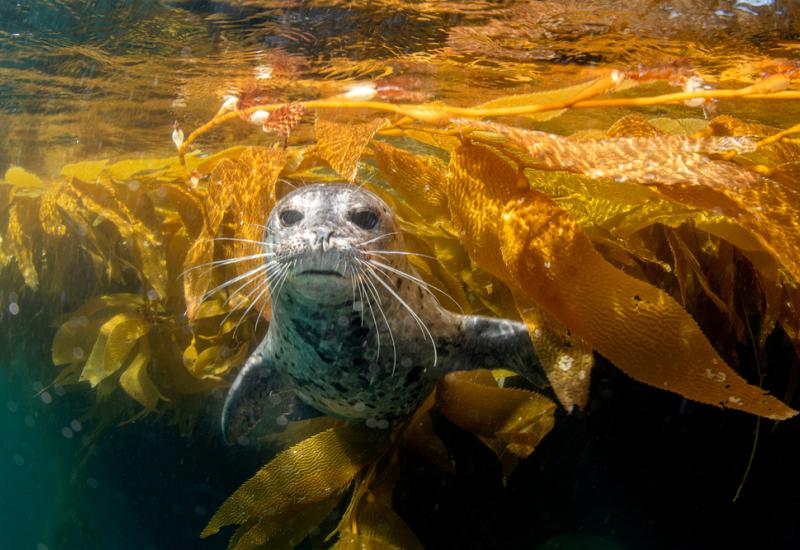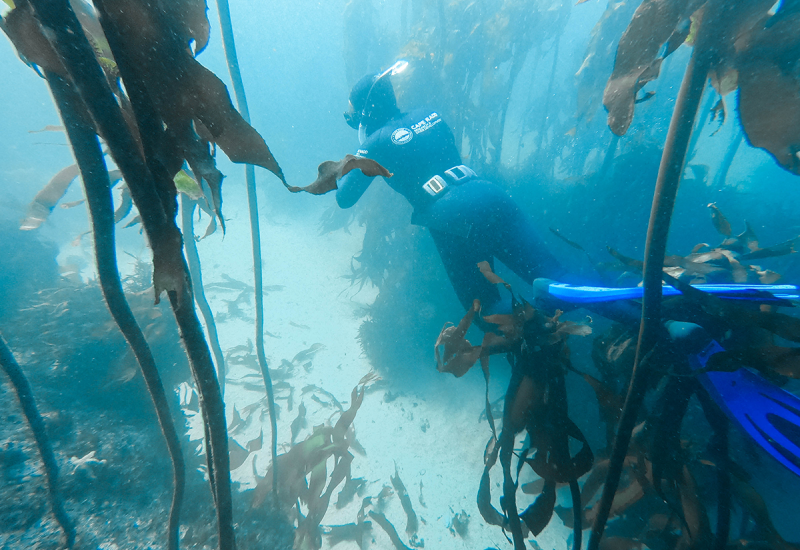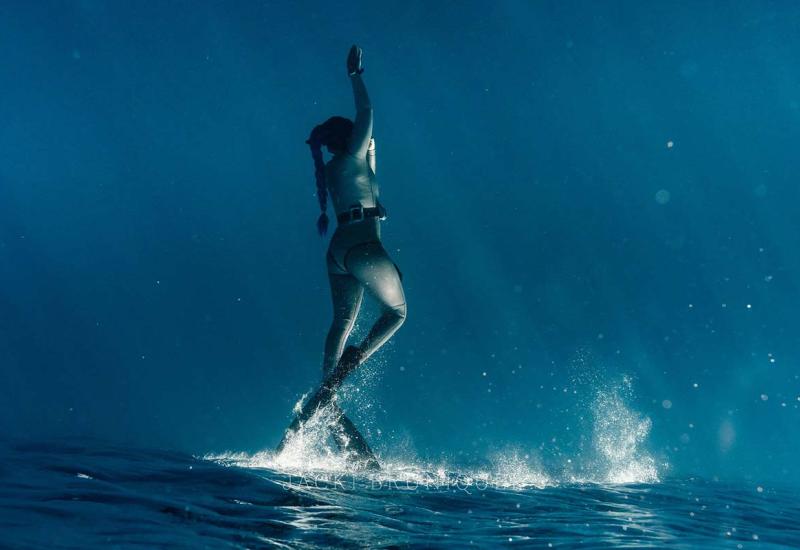Diving the World's Most Epic Feeding Frenzy - South Africa's Sardine Run
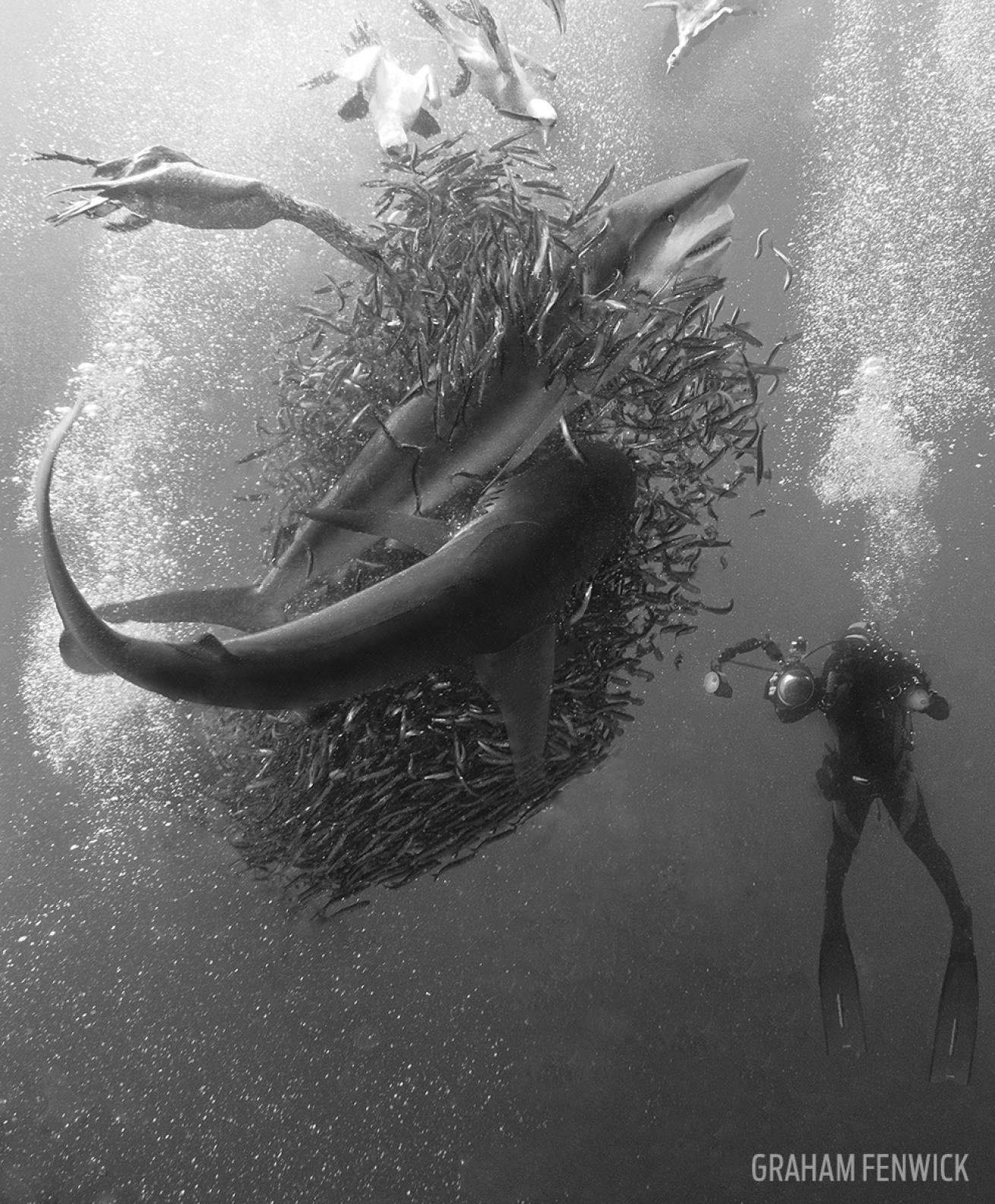
Graham FenwickLand and sea collide during the Sardine Run, as sharks and birds attack giant schools of sardines off the coast of South Africa.
Sardine Run, South Africa
Satiate your appetite for adventure during the most epic feeding frenzy in the world.
For divers and underwater photographers with a passion for big-animal encounters and frenetic feeding action, South Africa’s annual sardine run is arguably the most spectacular underwater event on the planet. Every year between May and July, vast shoals of sardines coalesce off South Africa’s Eastern Cape and KwaZulu-Natal provinces, an area known as the Wild Coast because of its remote location and abundance of wildlife above and below the water.
These schools of tiny fish can grow more than 10 miles long, filling the water column from the surface to more than 100 feet down. And it’s not just the sheer number of sardines that makes this a once-in-a-lifetime diving experience. As baitfish migrate up the coast, predators come from far and wide for a frenzied feast of epic proportions.
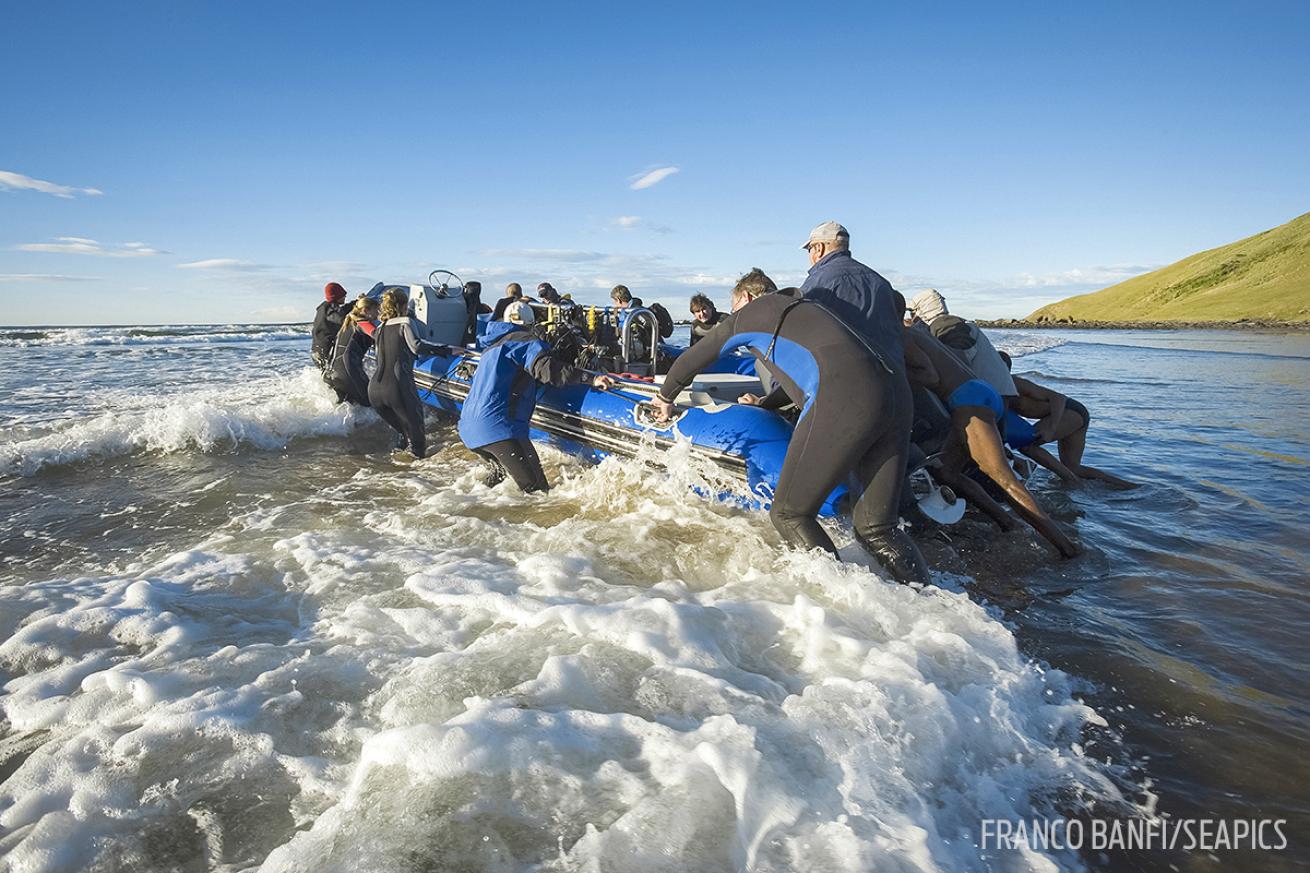
Franco Banfi/SeapicsDivers flock to the coast of Cape Town, South Africa, every year from between May and July to photograph and experience the annual Sardine Run.
Hundreds of sharks hone in on the school, including Zambezis, coppers, hammerheads and even great whites. They blast through the shoals at full speed, snapping up mouthfuls of fish, while blue marlin simultaneously cut through the school with their swordlike bills. At the same time, dolphins, whales and cape fur seals patrol the perimeters of the schools; dolphins work like sheep dogs herding the sardines into tightly packed baitballs, while 50-foot Bryde’s whales spin bubble nets before swallowing entire baitballs in a single gulp.
As the sardines are pursued from below, they swim upward, crowding at the surface and leaping for their lives. Attacks come from above as well. Tens of thousands of birds descend on the school and snatch sardines from the water. Some birds, like cape gannets, even dive headlong into the roiling waters, arcing through the chaos in a flurry of bubbles before exploding back into the air with mouths full of fish.
Of course nature is unpredictable, so divers keen on experiencing the Sardine Run might find themselves waiting for days before finally slipping into the water for 10 minutes of action. Operators that run trips during the Sardine Run use a variety of methods to locate the shoals as they move offshore, including ultralight spotter planes that radio the sardines’ position to the dive boats.
The dives themselves are shallow, no more than 30 feet, because all the action happens near the surface. But they happen in cold, open ocean, where big swells and strong winds are common. That’s why the Sardine Run is best-suited for advanced divers who feel comfortable not only gearing up fast to jump into the middle of a multi-species feeding frenzy, but also spending hours a day bouncing in a small Zodiac on choppy seas.
Go Dive the Sardine Run
When to Go: Mid-May through Mid-July
Dive Conditions: Water temperature is around 70 degrees F or less; visibility can exceed 60 feet. Because of the strong currents, drift-diving experience is recommended.
Dive Operator: biganimals.com


